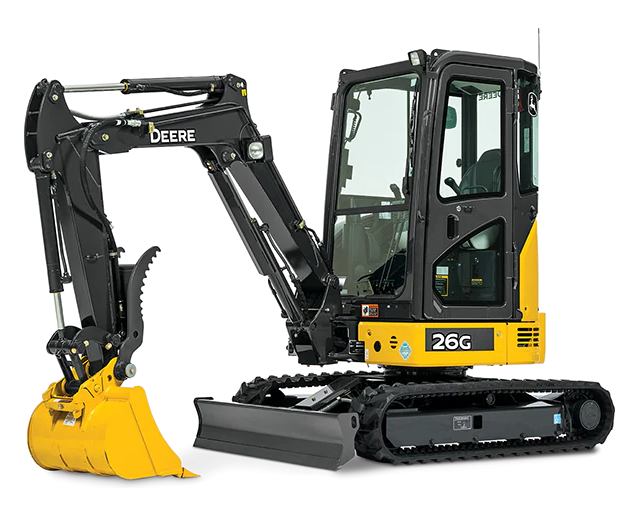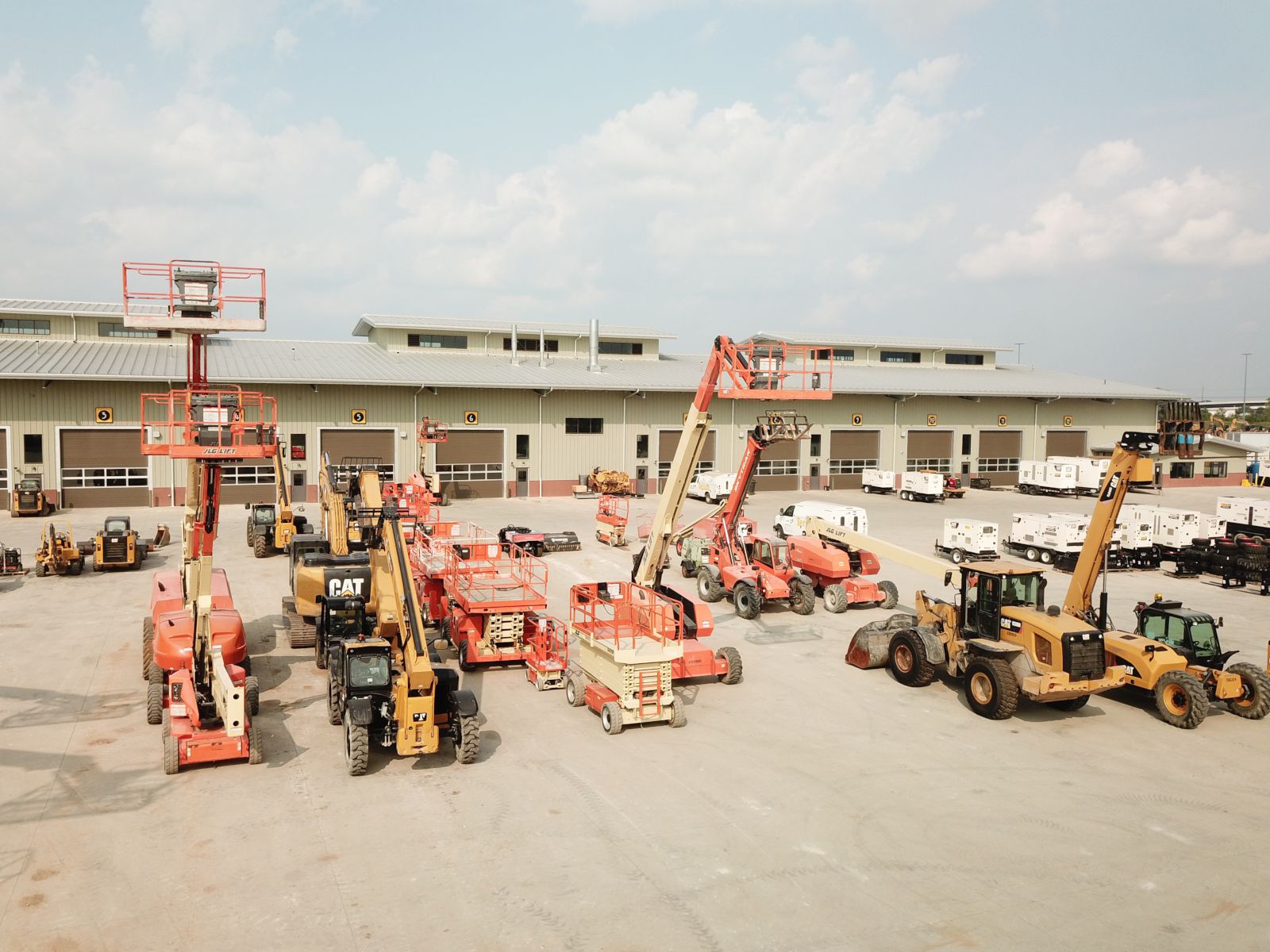Construction Equipment Rentals: Heavy Duty Equipment for Your Projects
Construction Equipment Rentals: Heavy Duty Equipment for Your Projects
Blog Article
Maximize Your Budget by Comprehending the Prices Connected With Building Equipment Rentals
Understanding the complete range of prices connected with construction devices leasings is important for optimizing your budget plan. What approaches can be employed to successfully handle these prices and make certain a more effective rental experience?
Introduction of Rental Prices
When taking into consideration building and construction tools leasings, recognizing the linked expenses is paramount for reliable budgeting and project preparation. Rental expenses can differ substantially based on numerous elements, including tools type, period of leasing, and location. The preliminary rental fee often mirrors the equipment's market need and its associated functional abilities, influencing the general cost.
Along with the base rental rate, supplementary costs might occur, such as transport fees, gas surcharges, and maintenance charges. It is essential to account for these additional costs to properly analyze the total expense of renting out tools. Moreover, the rental period can impact prices; longer services may get reduced prices, while short-term rentals might incur greater daily costs.

Failure of Rental Rates
A comprehensive understanding of rental prices is crucial for specialists and task managers aiming to optimize their budget plans. Rental rates for construction devices normally consist of several components, including base prices, time-based charges, and usage fees.
Base prices are the core fees related to the leasing of the equipment, usually established by the kind and size of the machinery. These prices can vary significantly, affected by factors such as devices demand, schedule, and regional market trends. Time-based fees, which may be daily, weekly, or monthly, offer to suit different project timelines and rental durations.
In addition, rental rates may consist of use costs, which apply when devices is utilized beyond a specified threshold, making certain that the rental firm can make up damage. Seasonal demand fluctuations can additionally affect rental prices, with peak building and construction seasons typically regulating greater rates.
Moreover, recognizing the rental firm's policies relating to maintenance and insurance policy can give further insight right into the total cost framework. By evaluating these parts, professionals can make informed decisions, ensuring the selection of rental equipment lines up with both task requirements and spending plan restraints.
Added Costs to Think About
Comprehending the intricacies of added costs is critical for specialists to manage their general leasing expenditures efficiently. Past the typical rental prices, numerous supplementary fees can dramatically influence the overall cost of tools rental. These fees usually include distribution and pickup costs, which can differ based on distance and logistics entailed in transporting the equipment to and from the work site.
Additionally, some rental companies may impose fuel surcharges if the equipment is returned with less fuel than when rented out. It is additionally necessary to know possible cleansing costs, specifically for customized equipment that calls for comprehensive upkeep after use.

Extensively assessing the rental contract and making clear these added charges ahead of time can help professionals avoid unforeseen expenses and guarantee that budget plans continue to be undamaged throughout the project lifecycle.
Maintenance and Repair Service Expenditures
Routine repair and maintenance costs are frequently ignored aspects that can considerably influence the total expense of building equipment rentals. When renting out devices, it is vital to take into consideration not just the rental fees yet also More hints the potential expenses related to keeping the machinery in optimum operating condition.
Many rental business include fundamental maintenance as component of the rental arrangement; however, much more substantial repairs or unexpected breakdowns can lead to additional costs. It's important to evaluate the rental contract meticulously to understand what maintenance solutions are covered and what duties drop on the renter.
Additionally, equipment that is not properly maintained can bring about ineffectiveness at work website, potentially creating hold-ups and raising task prices. To mitigate these threats, it is recommended to perform routine assessments and keep open communication with the rental provider pertaining to any kind of issues that emerge during use.
Insurance Policy and Obligation Prices
Insurance policy important source and obligation costs are essential parts that can dramatically impact the overall expense of construction tools services (aerial lift rental). These prices make certain that both the rental business and the client are protected from potential economic losses developing from mishaps, damage, or theft throughout the rental period

Additionally, clients need to be conscious of any deductibles or exclusions in the insurance plan, as these can influence potential out-of-pocket expenditures. Recognizing the terms and conditions of any kind of insurance policy coverage is crucial to prevent unexpected expenses. Ultimately, budgeting for insurance policy and obligation expenses can assist guarantee a smoother rental experience and secure versus financial risks connected with construction tasks.
Conclusion
To conclude, an extensive understanding of the expenses related to building tools rentals is necessary for effective budget plan management. By evaluating rental prices, added fees, upkeep costs, and insurance policy needs, people and organizations can reduce unforeseen expenditures. This calculated method not just boosts cost-effectiveness but also makes certain that jobs progress efficiently and successfully. Ultimately, informed decision-making concerning equipment services contributes to the general success of building and construction undertakings.
Rental prices can differ considerably based on several factors, consisting of devices type, duration of service, and location (rental company near me). The rental period can influence pricing; longer you can look here services might qualify for discounted prices, while temporary leasings could incur greater day-to-day fees
By conducting comprehensive research and engaging with trusted rental business, service providers can effectively navigate the intricacies of rental rates, ultimately optimizing their monetary sources.
Beyond the basic rental rates, different additional fees can significantly affect the complete price of equipment leasing. Rental companies often provide obligation insurance that covers injuries to 3rd events or damage to residential or commercial property, while tools damages insurance policy can cover the cost of repairs or replacement if the rented tools is harmed.
Report this page